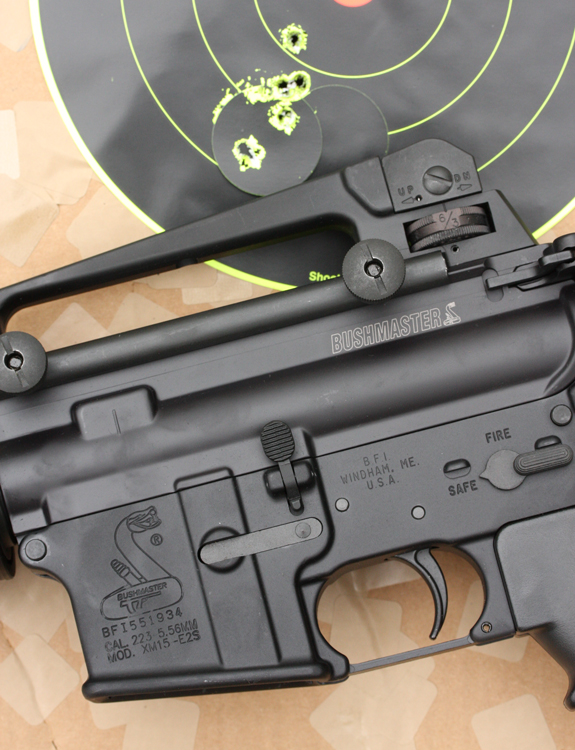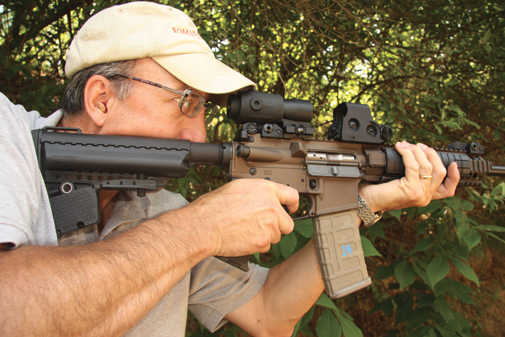Featured Offer: Download a FREE AR-15 Maintenance eGuide!
- Learn how to keep your AR-15 running like a top
- Learn how to disassemble your AR-15
- Learn how to properly clean your AR-15
The AR universe is in flux. Companies are popping up right and left (and dying in the sun, in many cases) and the plethora of painted ARs to be seen on the range is like never before. There's one simple reason: the AR has finally become the ultimate home hobby gun.
By Patrick Sweeney
You can build an AR in any configuration from an entry gun, with a 10.5-inch barrel in 5.56 (with appropriate paperwork, of course) to a twenty-inch barreled marksmanship rifle in 6.5.
You can have iron sights, or a scope; you can have a stock that adjusts or doesn’t; and you can have a trigger that is breath-light or pliers-heavy.
 All this beginning on the same upper and lower, without even having to get a special model to handle something out of the ordinary. Unless you’re going to a cartridge that doesn’t fit the magazine platform, you can do it all starting with the same basic upper and lower.
All this beginning on the same upper and lower, without even having to get a special model to handle something out of the ordinary. Unless you’re going to a cartridge that doesn’t fit the magazine platform, you can do it all starting with the same basic upper and lower.
You can also swap from the original direct gas impingement system to a piston system, and back. (Well, some piston systems would make switching back a bit tough, but that is a small detail.)
No other rifle in history has been able to do this. The Mauser came close, being able to be chambered in a whole host of cartridges, but to do any of the work you had to be a gunsmith. Not so with the AR-15.
The original trigger was meant to be durable and GI-proof while not failing or breaking. In that, it is pretty good.
If you’re willing to do a little swapping and tuning, it is good enough to shoot things out to as far as your skill allows. I repeat: as far as your skill allows, which may exceed the ballistic oomph of the cartridge you are using. Next Page


